√画像をダウンロード bladder prolapse pessary 184833-Bladder prolapse surgery vs pessary
A pessary for pelvic organ prolapse is a device that is inserted high within the vagina Pessaries are designed to support the collapsed walls of the vagina and the prolapsed organs ie bladder, bowel and/or uterine prolapse Modern day pessaries come in a wide range of shapes, sizes and different designs (shown right)Feb 24, 15 · Prolapse is when the muscles supporting your bladder, rectum and uterus weaken This weakening can cause your organs to fall into or through the opening of the vagina This can happen to any woman with or without vaginal childbirth, but women who have had strain on their vaginal muscles (ahem, birthing 4 children) are at greater riskMy prolapse is bad had the bladder lift surgery, it did not last very long I wont try the mesh because of all the problems women have had with it A pessary worked for awhile but then i started getting uti's and anxiety My chiropractor said it was probably putting pressure on my spine and nervous system

Pessary Types And How To Use
Bladder prolapse surgery vs pessary
Bladder prolapse surgery vs pessary-Ring pessaries are available in a couple as a ring only or combined with a small block design to manage prolapse and stress urinary incontinence (bladder leakage with cough or sneeze) The additional block supports the urethra (urine tube) with the goal of reducing leakage when pressure is placed upon the bladderFemiCushion can help you reclaim your life!



Www Dufortlavigne Com System Files Fiches Techniques Fr Mgy0501 Pdf
During surgery for bladder, urethra, rectum, and small bowel prolapse, the surgeon makes a cut, called an incision, in the wall of the vagina He or she pulls together the loose or torn tissue in the area of the prolapsed organ and strengthens the wall of the vagina to keep the prolapseDepending on how big the prolapse is, this may help to reduce your prolapse A vaginal pessary may be used to relieve the symptoms of your prolapse or you may wish to consider an operationMar 01, 21 · Pessary types Pessaries come in many shapes and sizes The device fits into your vagina and provides support to vaginal tissues displaced by pelvic organ prolapse Your doctor can fit you for a pessary and help you decide which type would best suit your needs
A vaginal pessary is a device, made of plastic or silicone, which is inserted into the vagina to hold a prolapsed uterus or vaginal wall in place It will also support your bowel and bladder There are different types of pessaries and the healthcare professional who assesses your prolapse will discuss the type best suited to youThese pessaries are used in mild to moderate prolapses They support the bladder neck and lift up the cystocele allowing the bladder to be supported to a degree of a normal anatomical position For a more indepth explanation about, fitting, using and pessary discount coupons please join our members page which is free to joinSep 02, 19 · When the prolapse is corrected but masked stress urinary incontinence results Sometimes a prolapse will "hide" urinary leakage and then when the bladder is repositioned, stress urinary incontinence results (leakage with activity coughing, laughing, sneezing, standing up from a seated position, running, jumping, etc)
May 01, 00 · The pessary is an effective tool in the management of a number of gynecologic problems The pessary is most commonly used in the management of pelvic support defects such as cystocele andMar 31, 17 · I have a midline cystocele, which means my bladder is pressing my vaginal wall to where it is basically at the vaginal opening I also have slight uterine prolapse I got a pessary, and it seems to be helping, though I only wear it half a day a couple times a week (the pessary gets uncomfortable if I sit a lot, and I have a sedentary job)Jan 07, 21 · Pessary A vaginal pessary is a soft, removable device that is inserted into the vagina It may help supply additional support to the bladder, rectum, or uterus A pessary may also help resolve symptoms of urinary incontinence Colposuspension A colposuspension is usually only considered in very severe cases of prolapse




Prolapsed Bladder Cystocele Repair Surgery Plano Frisco Dallas Tx
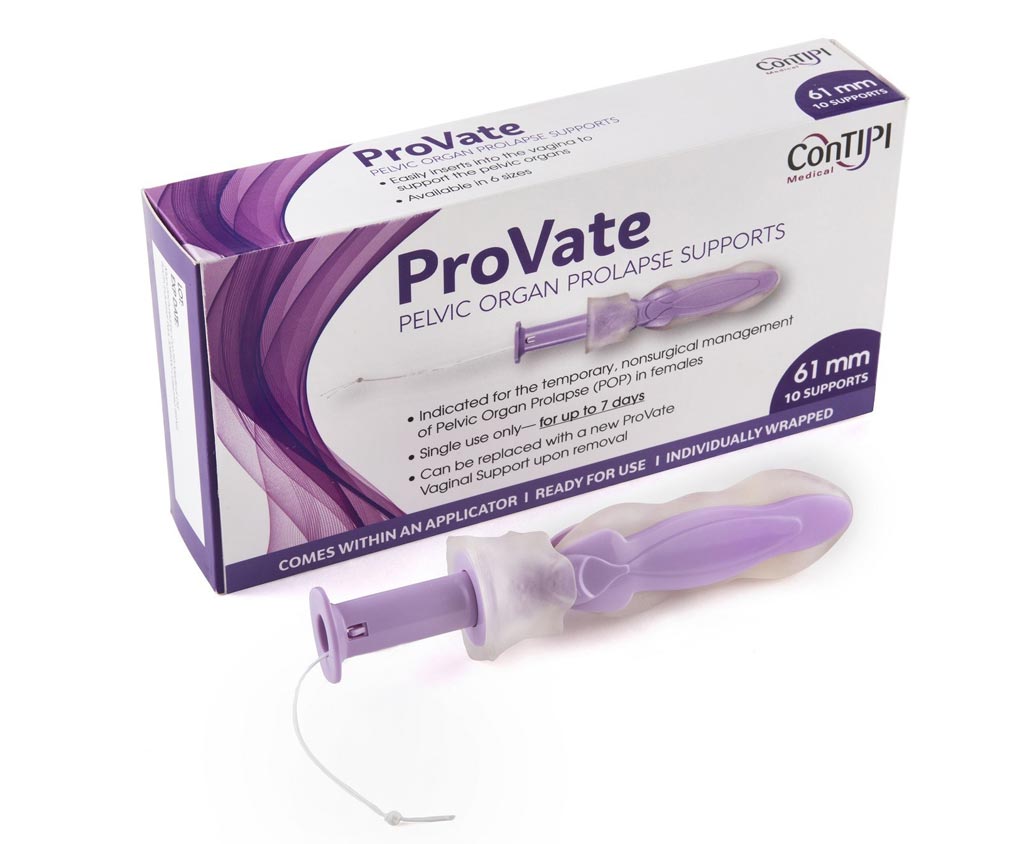



Pessary Ring Treats Pelvic Organ Prolapse Women S Health Hospimedica Com
A pessary is a soft, flexible device that is placed in the vagina to help support the bladder, vagina, uterus, and/or rectum Pessaries are made in many different shapes and sizes A pessary is a nonsurgical way to treat pelvic organ prolapse and sometimes incontinenceMost of the time, pelvic organ prolapseHow prolapse is named depends on which organ is affected Cystocele is when the bladder protrudes into the vagina, creating a bulge It's the most common form of prolapse Rectocele is when the rectum bulges into the back wall of the vagina Uterine prolapse involves the uterus dropping into the vagina;




Pelvic Organ Prolapse Physiopedia




The History And Usage Of The Vaginal Pessary A Review European Journal Of Obstetrics And Gynecology And Reproductive Biology
A successful trial of pessary was defined by continued use;For stress urinary incontinence with mild prolapse and a mild cystocele Product # MXPCONDS (Pessary Only) Product # MXKPCONDS MXPCONDS01 (Pessary, TrimoSan, Jel Jector) P, I Smith Modification of Hodge pessary For stress urinary incontinence designed for patients with a welldefined pubicnotch Helpful MXPES01 in cases of repeated miscarriagesFemiCushion is a new noninvasive medical product designed to treat and prevent all types of pelvic organ prolapse symptoms caused by bladder prolapse (cystocele), uterine prolapse, enterocele, and rectocele Using a unique silicone cushion, FemiCushion gently holds prolapsed organs inside the body



Western Carolina Women S Specialty Center Treatment Of Vaginal Prolapse




Uterine Prolapse What You Need To Know
Mar 07, 17 · Types of support pessaries include the ring, which can be used in all stages of prolapse, and the gehrung, which can be used with or without uterine descent Types of space occupying pessaries include the gellhorn, shaatz, donut, and cube, which can all be used to treat advanced prolapseMilex Pessaries are an excellent choice for any practice that treats patients with pelvic organ prolapse (POP) and urinary incontinence With over 25 different styles and many sizes, there is a Milex Pessary to fit the needs of every patientProlapse of the uterus can cause an uncomfortable dragging sensation or feeling of fullness in the vagina, complaints of frequent urination, difficulty emptying the bladder and urinary tract infections In more advanced cases, the prolapse can extend beyond the entrance of the vagina Normal anatomy, no prolapse What is a vaginal pessary?




Practical Use Of The Pessary American Family Physician
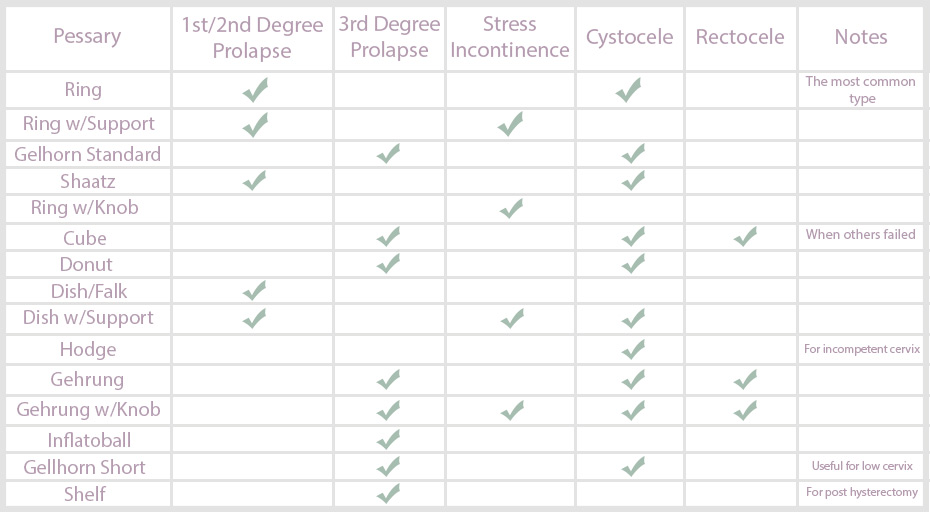



Stressnomore Blog Vaginal Pessary For Pelvic Support Prolapse And Incontinence Stressnomore
Jan 06, 18 · A pessary is a device worn in the vagina for the treatment of pelvic organ prolapse or stress urinary incontinence The pessary provides support of the vaginal walls or uterus when they have prolapsed by repositioning these organs to their original positio n Some pessaries are specifically designed to stabilizeFeb 11, 21 Explore Driparmorcom's board "Pessary", followed by 145 people on See more ideas about pelvic organ prolapse, bladder prolapse, urinary incontinenceTypes of pessaries include Ring This circleshaped device is often the first type of pessary doctors recommend You can easily insert and remove Gehrung A Ushaped pessary that's used for more advanced uterine prolapse, it is molded to




Prolapse After Childbirth What Can You Do



A Pessary For The Management Of Urinary Incontinence In Women
Jan 01, 00 · Pessary A pessary is a device that is placed within the vagina to hold the bladder in place Pessaries must be removed and cleaned at regular intervals to prevent infection45 refused Patients who refused a pessary were younger, had lesser degree of prolapse, and more often had urinary incontinence Most patients (625%) continued pessary use and avoided surgeryIt is a low risk treatment option, which either lifts the bladder or apply compression to the urethra during activities that can cause leakage Vaginal pessaries can help Pelvic organ prolapse (POP) Provide support for vaginal or uterine prolapse Bladder control problems The ring pessary, an inexpensive, easytomanage, and widely available




Inflatable Pessary Northshore
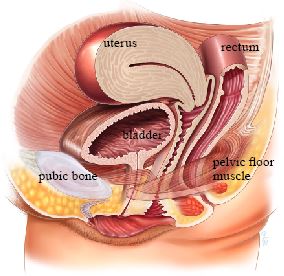



Vaginal Pessary For Pelvic Organ Prolapse Your Pelvic Floor
Mar 26, 18 · A pessary is a prosthetic device that can be inserted into the vagina to support its internal structure It's often used in the case of urinaryThe pessary remains one of the safest devices in the conservative management of incontinence and pelvic organ prolapse However, it can still present with side effects The most common complaint from women is that they find an increase in vaginal discharge or that they are experiencing a different odourA failed trial was defined by a patient's discontinued use Thirtytwo patients tried a pessary;




Pessaries Women S Healthcare Of Princeton Gynecologists
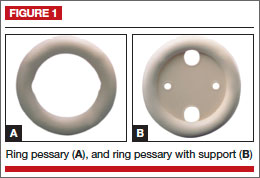



Pessaries For Vaginal Prolapse Critical Factors To Successful Fit And Continued Use Mdedge Obgyn
A successfully inserted vaginal pessary can improve voiding, urgency, and incontinence for women with urinary incontinence and pelvic organ prolapse, no matter the stage We encourage you to offer and use this lowcost, minimally invasive approach More than half of women with prolapse may use a pessary for up to 2 yearsDec 10, 18 · Because prolapse surgery is usually considered a more longterm solution than a pessary, moving forward with this treatment option requires careful consideration There is no guarantee that your prolapse condition will not return as your pelvic organs continue to change with age and/or if you continue to put stress on your pelvic organsYou'll probably need to stay in hospital overnight or for a few days following prolapse surgery You may have a drip in your arm to provide fluids, and a thin plastic tube (urinary catheter) to drain pee from your bladder Some gauze may be placed inside your vagina to act as a bandage for the first 24 hours, which may be slightly uncomfortable




Uterine Prolapse Pelvic Floor Movement And Vaginal Pessary Dorawang Blog




Pelvicorganprolapse Blog
A pessary is a small molded device that is inserted into the vagina as a treatment option for pelvic organ prolapse or stress incontinence When organs such as the bladder, uterus or rectum drop into or outside the vagina, a pessary can help lift and support them back into place A pessary can also be used to support the vagina, and to treatThese devices are useful for the nonsurgical treatment of several gynecological problems Conditions for which pessary rings are used include prolapsed uterus, vaginal vault prolapse, bladder prolapse, retroverted uterus, stress urinary incontinence and management of pelvic support defects such as cystocele and rectocele116 of 134 results for "pessary for prolapse" Price and other details may vary based on size and color Kfit Kegel Toner for Women Electric Pelvic Muscle



Western Carolina Women S Specialty Center Treatment Of Vaginal Prolapse



Www Dufortlavigne Com System Files Fiches Techniques Fr Mgy0501 Pdf
Feb 25, · Complications of a pessary include erosion of the pessary into the vagina, pain in the pelvis, vaginal discharge, stress urinary incontinence, troubles with urination, and bowel movements The use of a pessary appears to be less costly compared to pelvic floor muscle exercises when a good fit for the pessary can be achievedNov 01, 18 · • Pessaries (nonsurgical) • Surgery Essentially, women are faced with a decision on whether a pessary device or surgery is the best way to handle their prolapse That decision is best made by discussing their individual condition with their physician However, the following are a few important things to consider when choosing a treatmentFeb 02, 19 · The pessary is most commonly used in the management of pelvic support defects such as prolapsed bladder into the vagina (cystocele) and herniation or bulging of the front wall of the rectum into the back wall of the vagina (rectocele) Pessaries can also be used in the treatment of stress urinary incontinence




Pessary High Res Stock Images Shutterstock
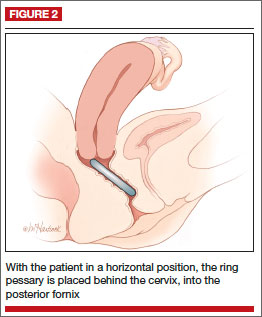



Pessaries For Vaginal Prolapse Critical Factors To Successful Fit And Continued Use Mdedge Obgyn
A pessary is a removable device that is inserted into the vagina (birth canal) to provide support in the area of a prolapse In most cases, a pessary is used when a woman who has a prolapse wants to avoid surgery or has medical problems that make surgery too risky Cleveland Clinic is a nonprofit academic medical centerMay 10, 14 · What is pelvic organ prolapse?Jul 15, 19 · Pessaries are small, flexible plastic devices that you place in your vagina to treat pelvic organ prolapse or urinary incontinence The pessary holds the vaginal bulge in place so that you can no longer feel the bulge If you don't want surgery or can't have surgery, then your medical provider may recommend a pessary




Vaginal Pessaries Florida Center For Urogynecology




Pessary And Prolapse Bladder Prolapse Pessary Shop Catheters



Pessaries And Prolapse Support Garments Updated 21



1
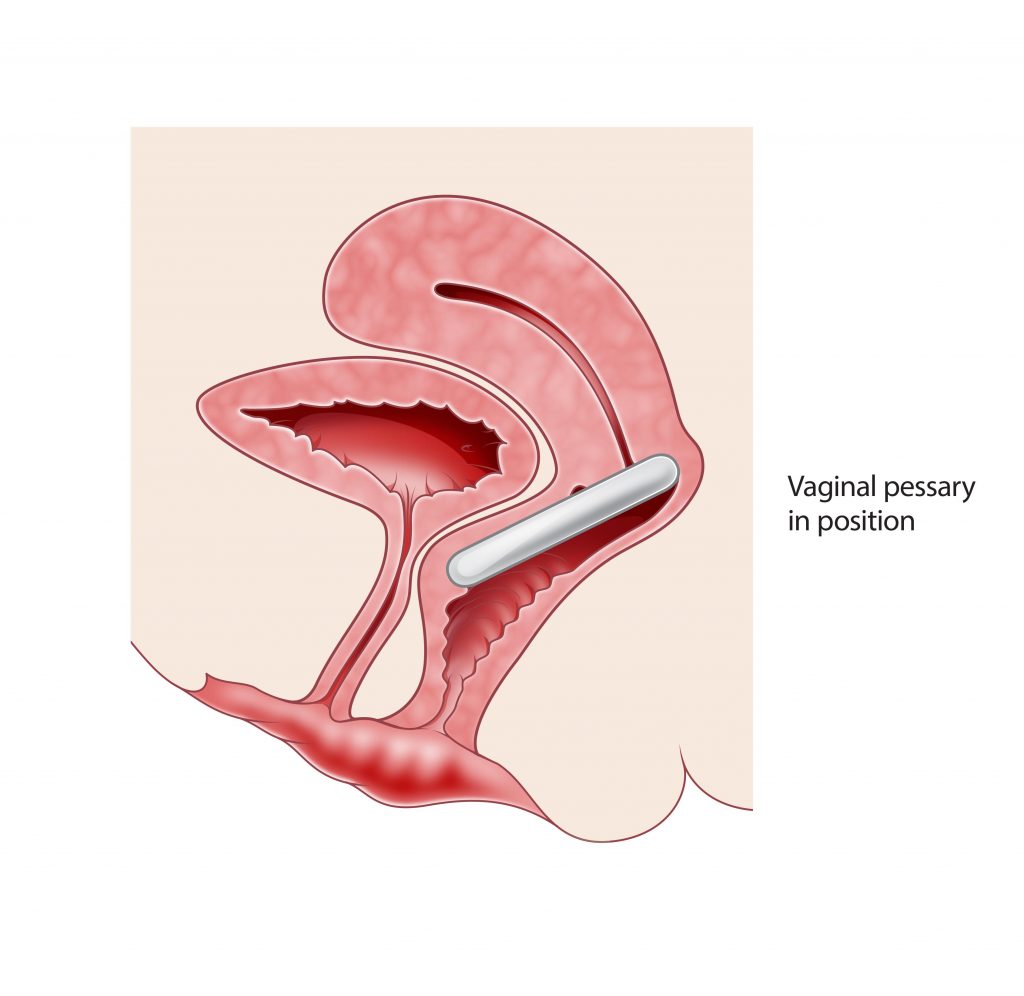



Non Surgical Treatments For Prolapse Dr Marcus Carey




110 Pessary Ideas In 21 Pelvic Organ Prolapse Bladder Prolapse Urinary Incontinence
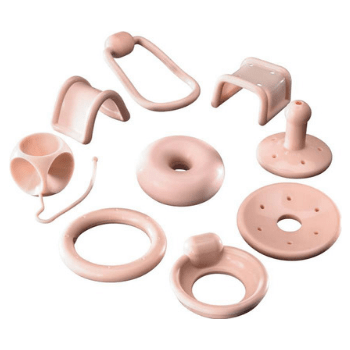



Types Of Pessary For Successfully Treating Prolapse With Pros And Cons Pelvic Exercises




Femicushion Pelvic Organ Prolapse Treatment For Bladder Uterine Rectocele Enterocele
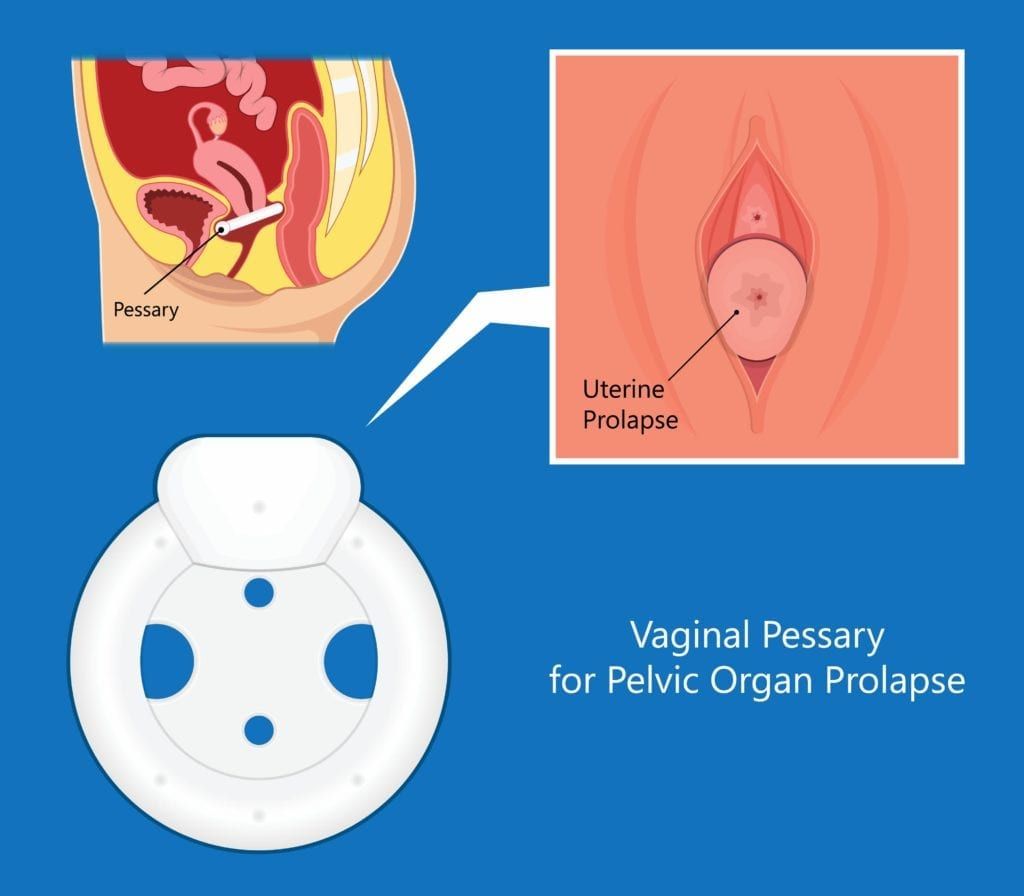



What Is A Pessary Sunshine State Women S Care Llc




Pessary Types And How To Use




Pelvic Organ Prolapse Physiotherapy Victoria




110 Pessary Ideas In 21 Pelvic Organ Prolapse Bladder Prolapse Urinary Incontinence




Pelvic Organ Prolapse American Family Physician
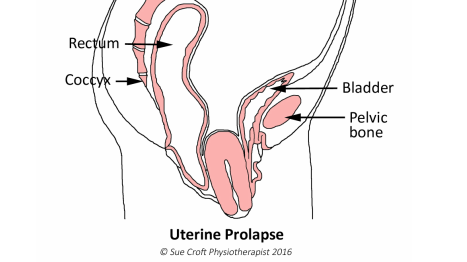



Pessaries For Uterine Prolapse Your Pessary
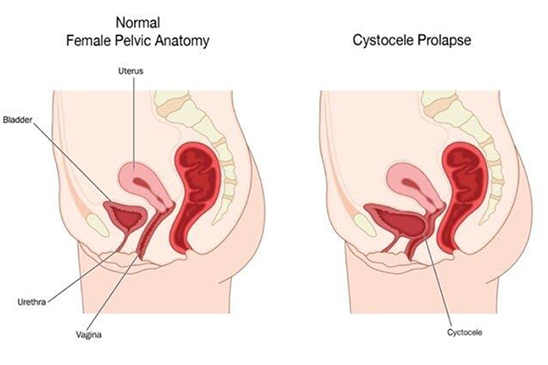



Bladder Prolapse Causes Symptoms And Treatment Always Discreet




Pessary Types And How To Use




Pessaries For Prolapse And Urinary Incontinence Proactive Pelvic Health
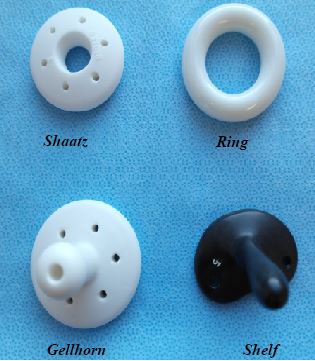



Vaginal Pessary For Pelvic Organ Prolapse Your Pelvic Floor




Practical Use Of The Pessary American Family Physician




Pelvic Organ Prolapse Specialist Dr Daniel Stone Md Urogynecologist




Management Of Genital Prolapse Abstract Europe Pmc




Figure 2 From Practical Use Of The Pessary Semantic Scholar
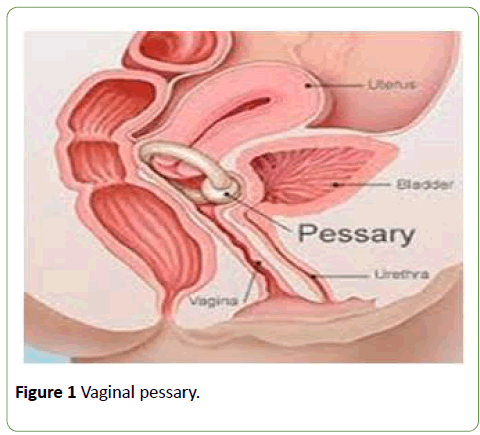



Genital Prolapse At The End Term Of Pregnancy A Case Report Insight Medical Publishing




Pessary Vs Surgery Pros And Cons Of Medical Prolapse Treatments Femicushion
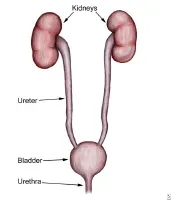



Prolapsed Bladder Causes Symptoms Treatments
/Pessaries-55f53371cf50419a90dd8b70eff78bc1.jpg)



Vaginal Pessary Uses Benefits Side Effects Risks




Pelvic Prolapse Non Surgical Treatment
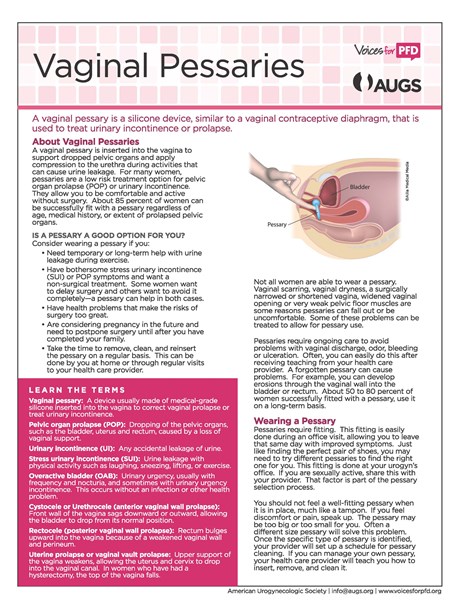



Pessaries Treatments Voices For Pfd




Prolapsed Bladder And Treatment Options After A Hysterectomy National Women S Health Network
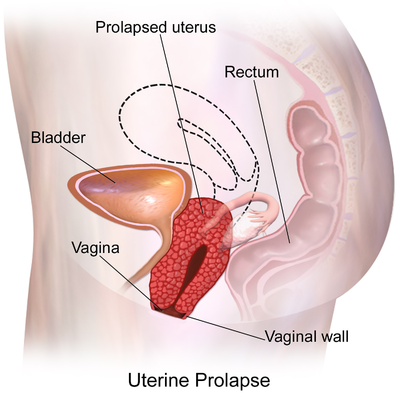



Uterine Prolapse Physiopedia
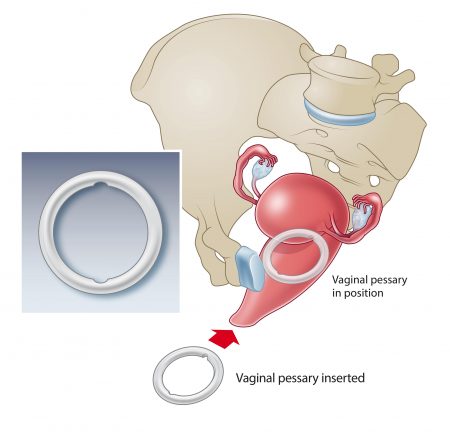



Non Surgical Treatments For Prolapse Dr Marcus Carey
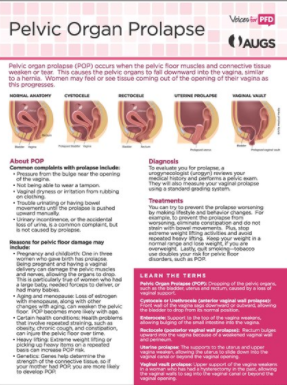



Pelvic Organ Prolapse Virginia Urology
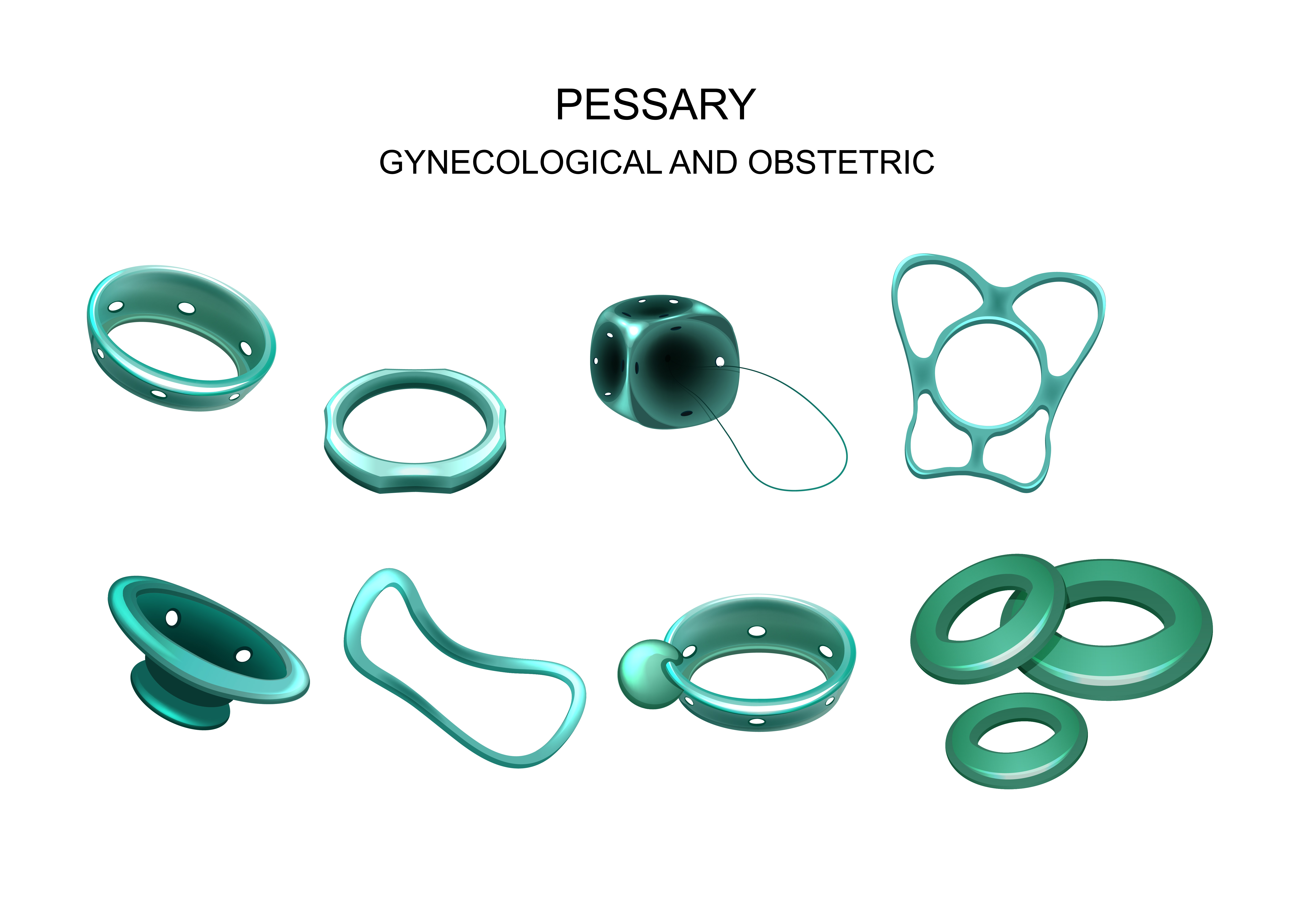



Q A Therapeutic Options For Prolapse Femselect




Prolapse What You Need To Know But Nobody Talks About Joanna Helcke
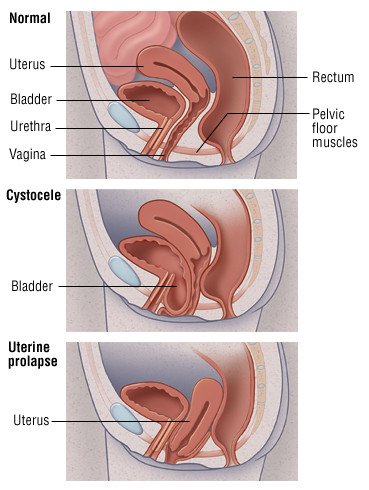



Uterine And Bladder Prolapse Causes Symptoms Treatment Options Drugs Com




Vaginal Support Surgeries Obstetrics Gynecology Of Atlanta




Menstrual Cups Prolapse Can You Use A Menstrual Cup




Practical Use Of The Pessary American Family Physician
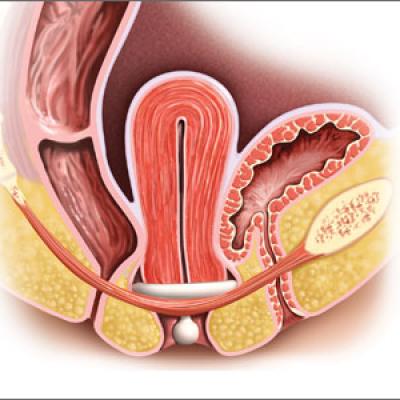



Pessaries For Vaginal Prolapse Critical Factors To Successful Fit And Continued Use Mdedge Obgyn




Pelvic Organ Prolapse Easy Help For The First 2 Stages Elitone



Q Tbn And9gcrp0zx5aagdvmufije7ljs27clwgkyylpqfkqretcqlukg Qo4m Usqp Cau
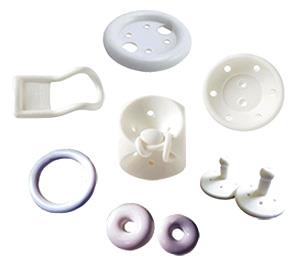



Pessary And Prolapse Bladder Prolapse Pessary Shop Catheters




Open Removal Of A Migrated Gellhorn Pessary And Repair Of A Vesicovaginal Fistula Bmj Case Reports



Pessary Female Urology Pelvic Organ Prolapse Urology Austin
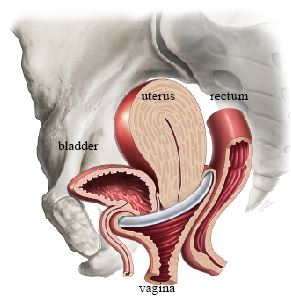



Vaginal Pessary For Pelvic Organ Prolapse Your Pelvic Floor



1




Pessary Types And How To Use
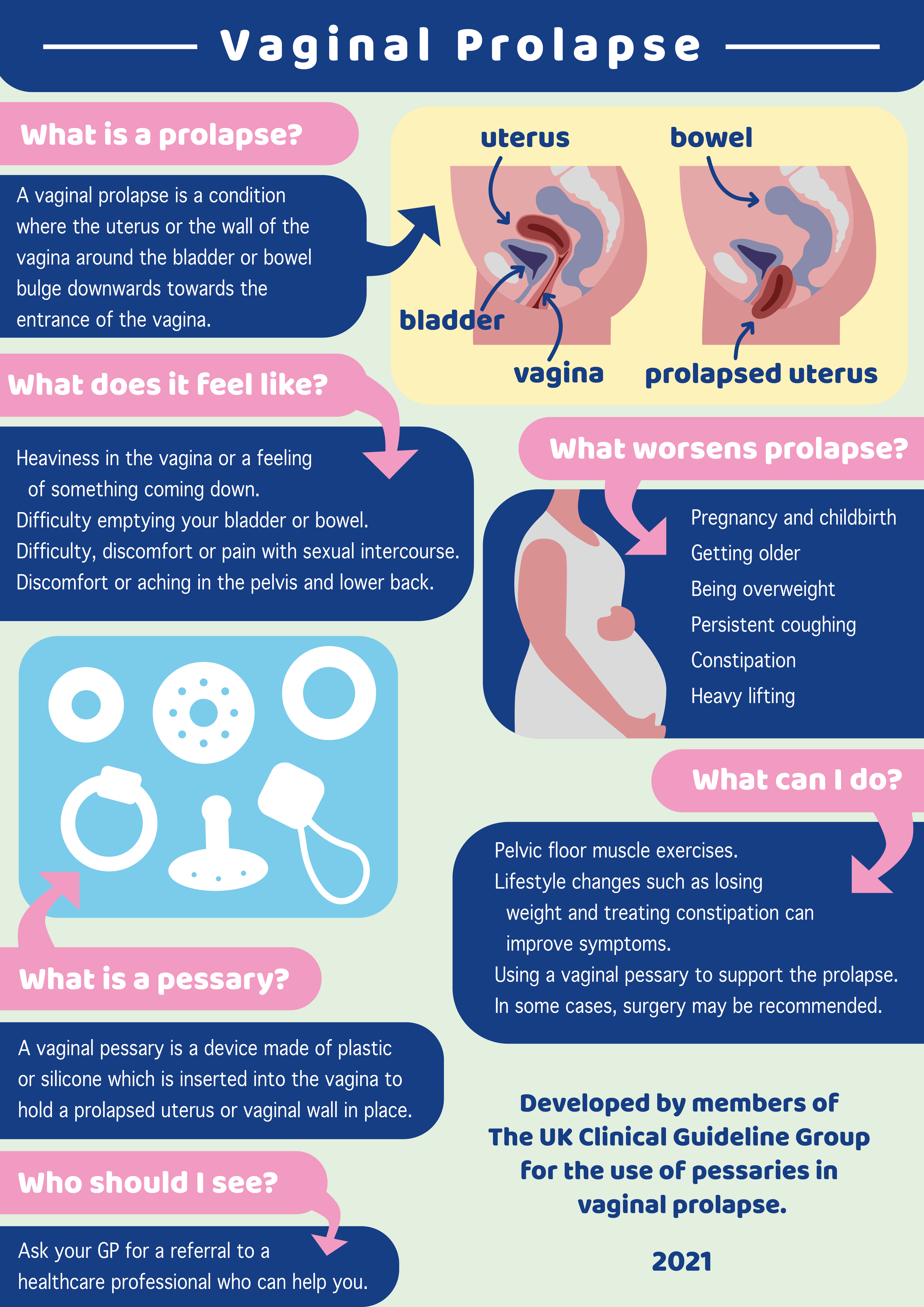



Pessaries For Prolapse Pogp




Bladder Support Pessaries How Do They Work Supported Mums




Pessary For Prolapse Austin Urogynecology
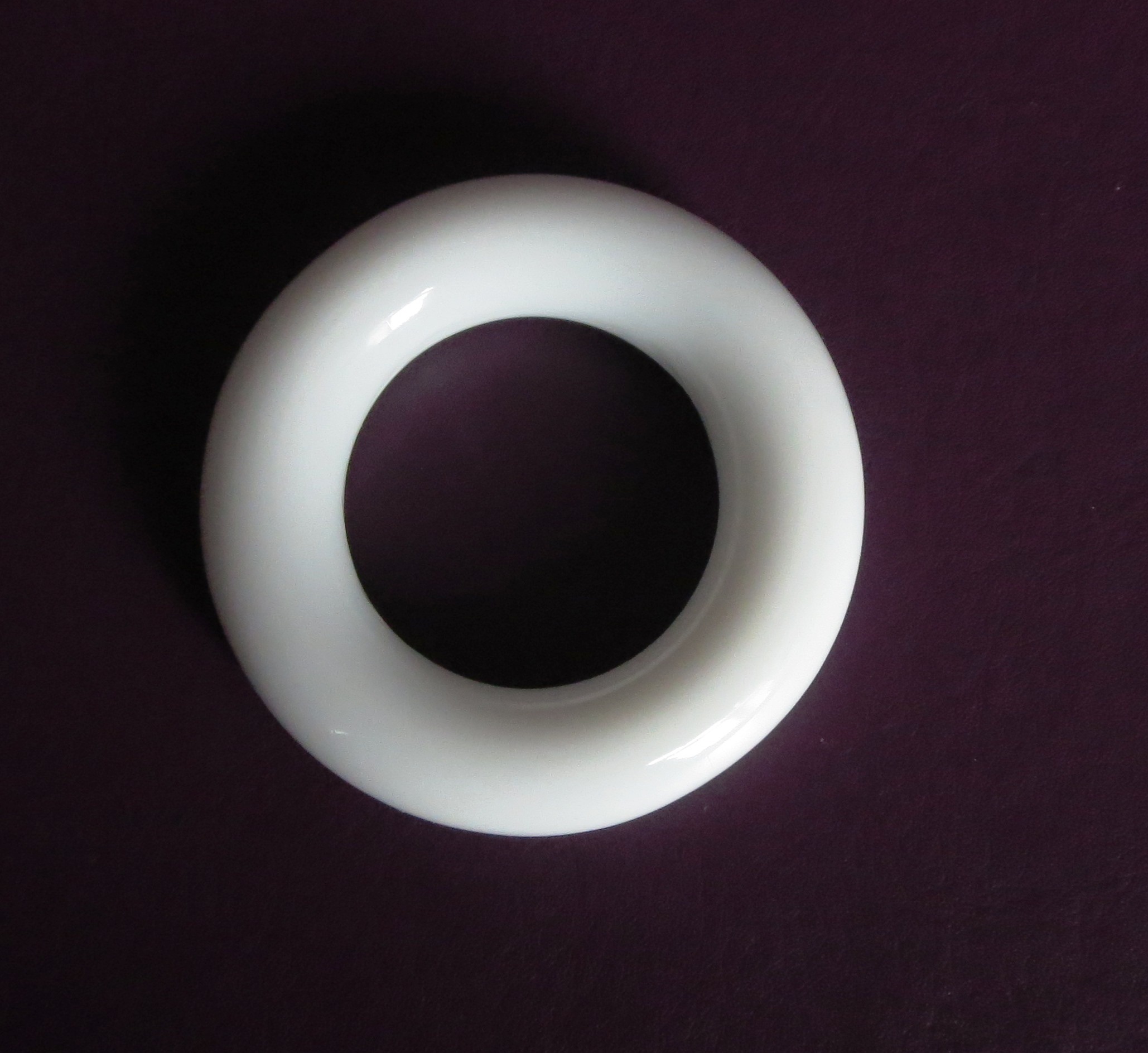



Pessaries For Treatment Of Pelvic Organ Prolapse Glowm
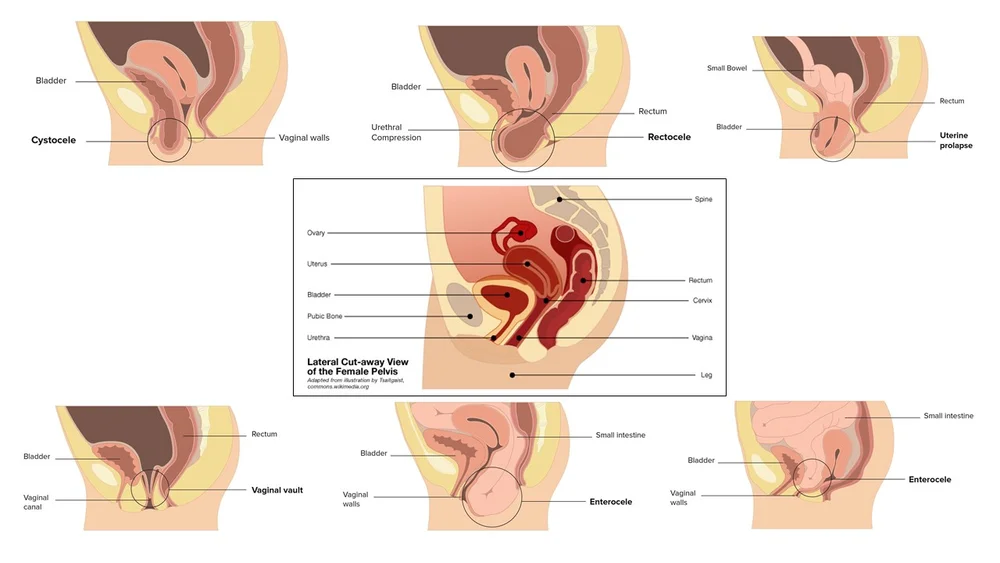



Pessary Info
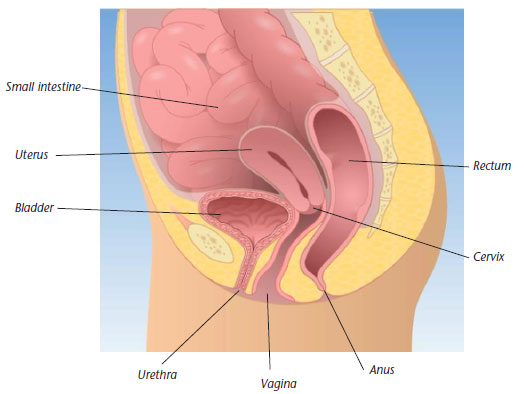



Definition Of Pelvic Organ Prolapse Autoprac



Bladder Prolapse Women S Clinic Of South Texas




Pelvic Organ Prolapse Spectrum Health




Mediplus Milex Ring Pessary Youtube




Support Pessaries For Pelvic Organ Prolapse Myphysiosa



Www Iuga Org Images Content Meeting International Symposia 1545 Workshop 2 Pessaries For Pop Pdf
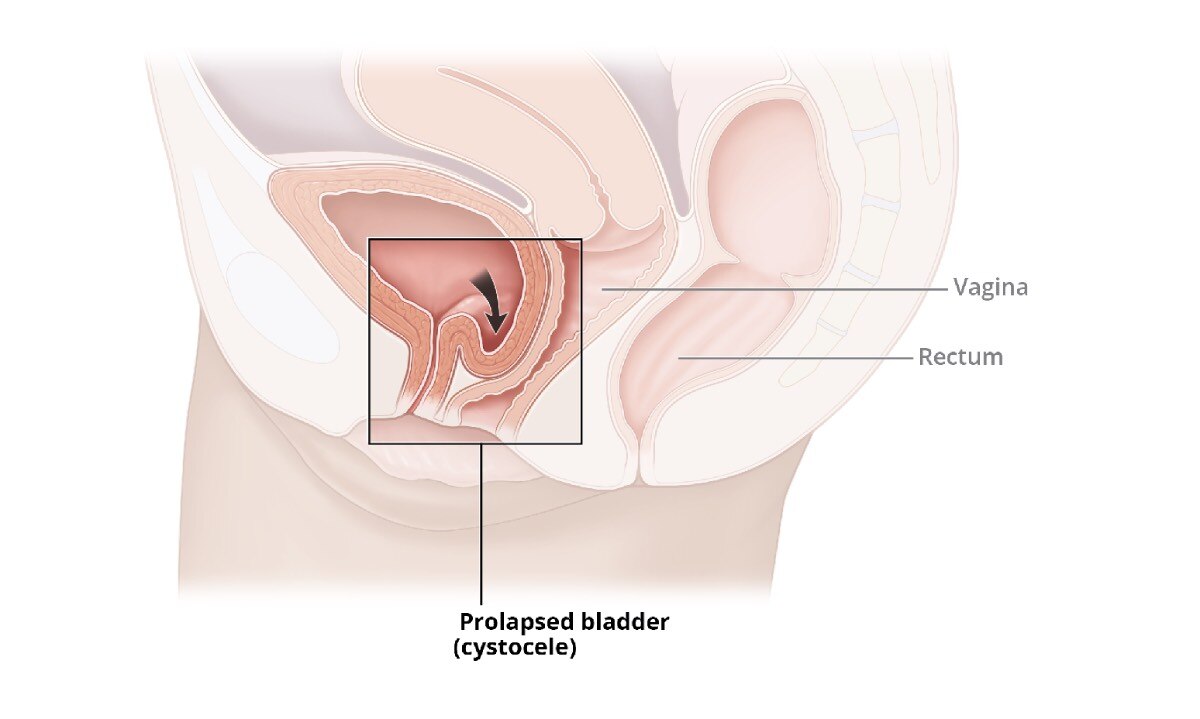



Cystocele Niddk
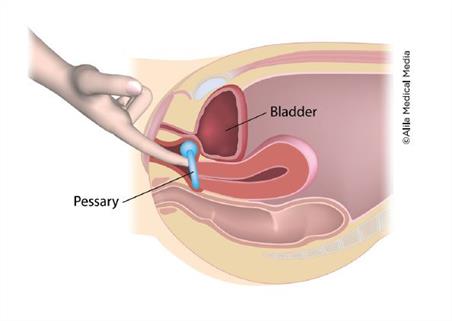



Vaginal Pessaries Comprehensive Services For Women At Chi St Vincent
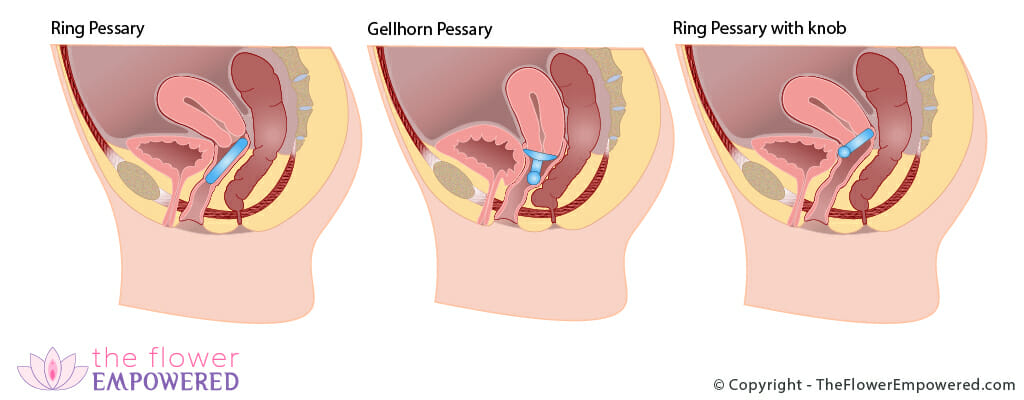



Pelvic Organ Prolapse Pop Affects 50 Of Women Globally




Practical Use Of The Pessary American Family Physician



Pelvic Organ Prolapse 101 Healthy Mumma Ottawa Pre Postnatal Osteopathy Athletic Therapy Workshops




Pessary Info




Kegel8 Blog What Is A Pessary Kegel8
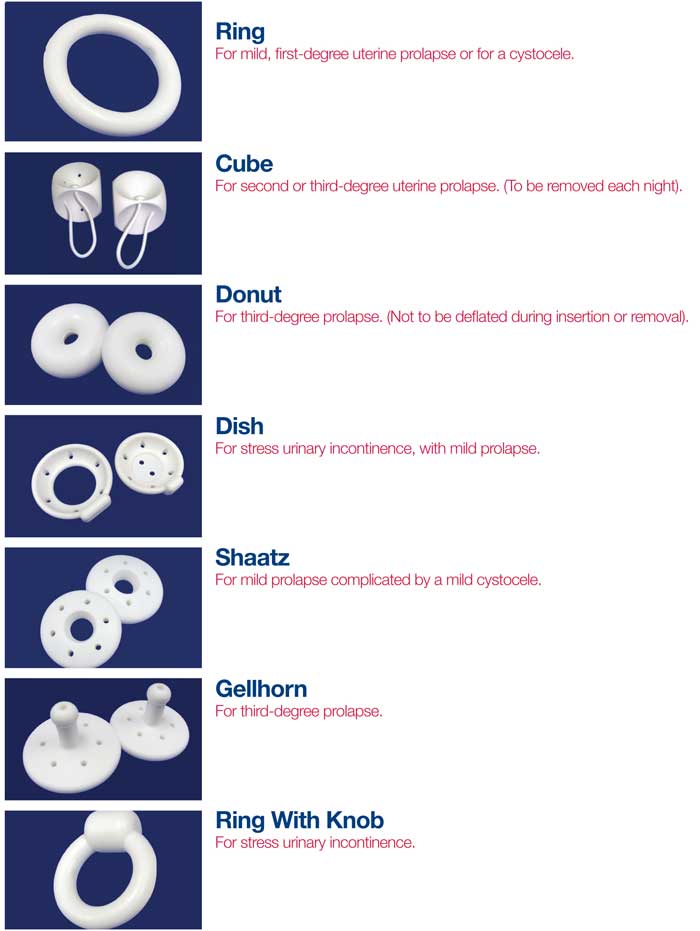



Stressnomore Blog Vaginal Pessary For Pelvic Support Prolapse And Incontinence Stressnomore




Gynopess A Self Inserted Pessary That Preventing Incontinence And Prolapse Youtube




Guideline No 411 Vaginal Pessary Use Journal Of Obstetrics And Gynaecology Canada



Cystocele Fallen Or Prolapsed Bladder Symptoms Treatment




What Is A Pessary Revive




Prolapsed Bladder Pictures Symptoms Surgery Exercises




Prolapse After Childbirth What Can You Do
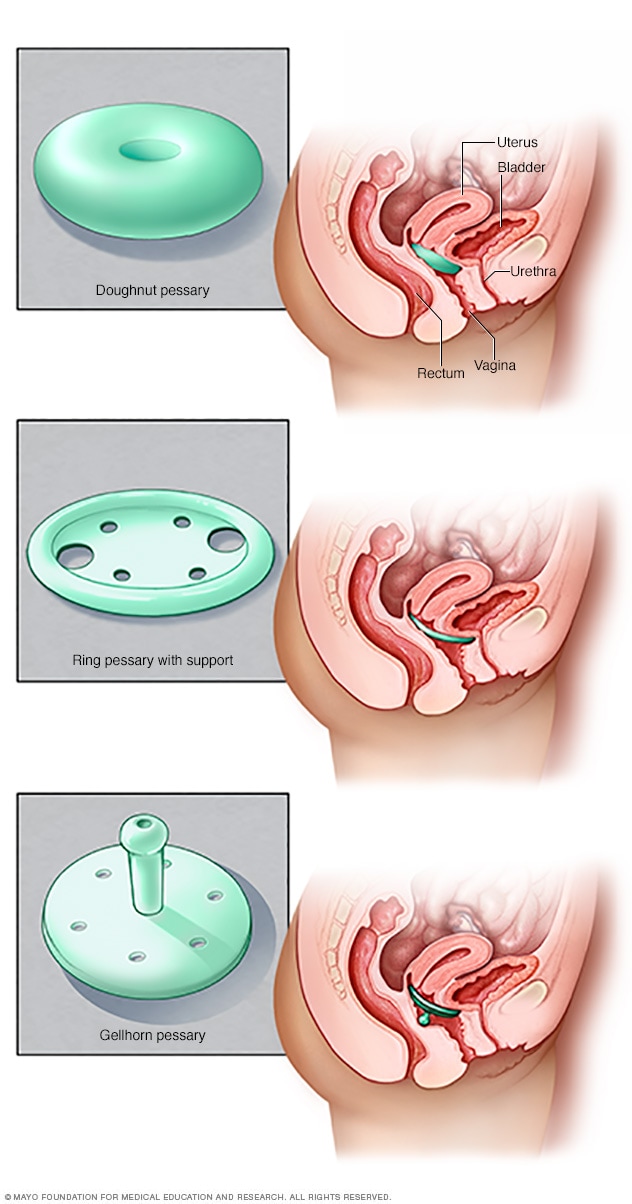



Pessary Types Mayo Clinic
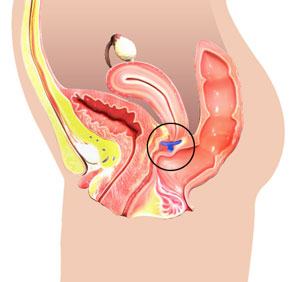



Pessary Fitting Schaumburg Il Pelvic Organ Prolapse Mount Prospect Il
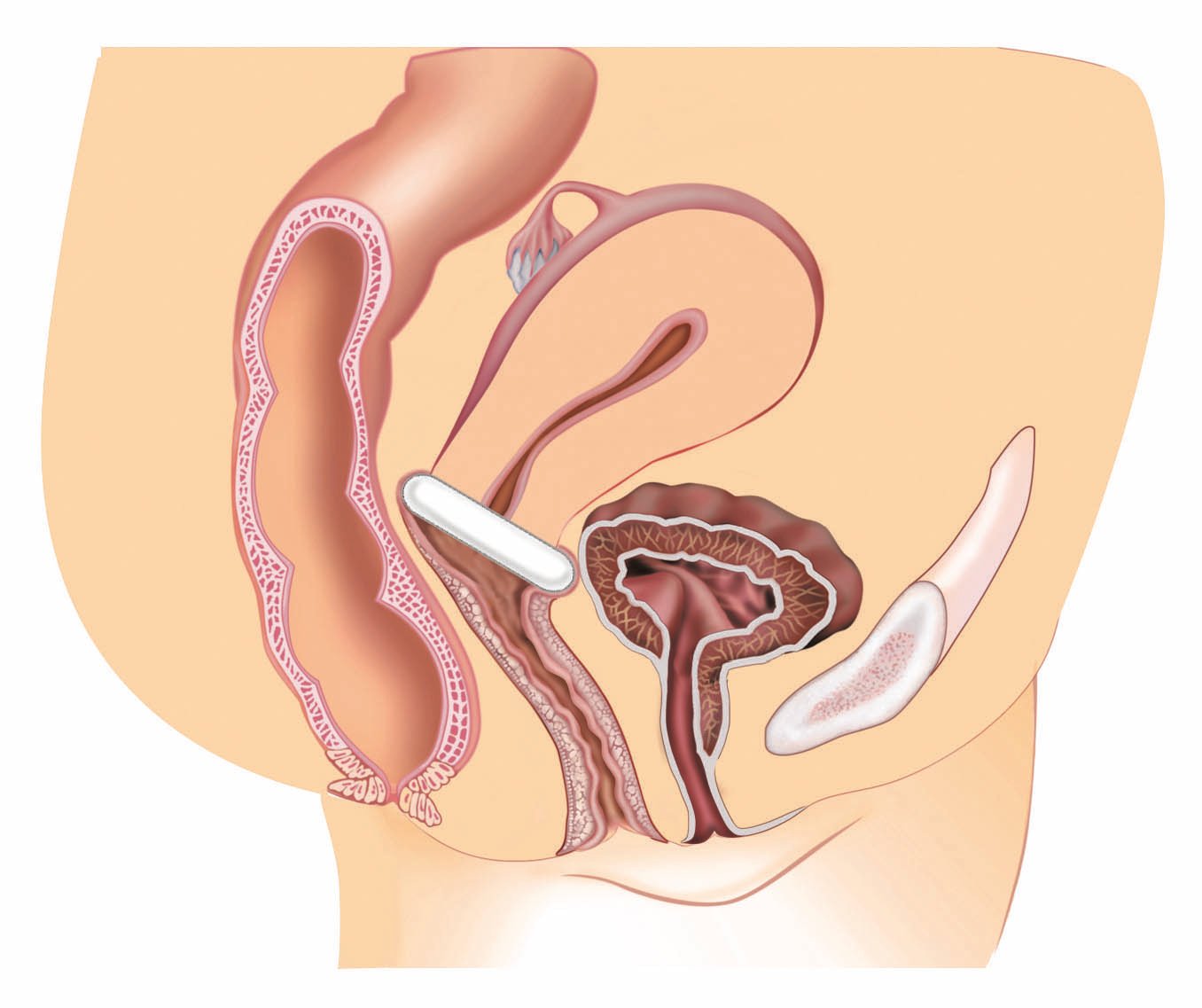



Pessary Information Peak Physio
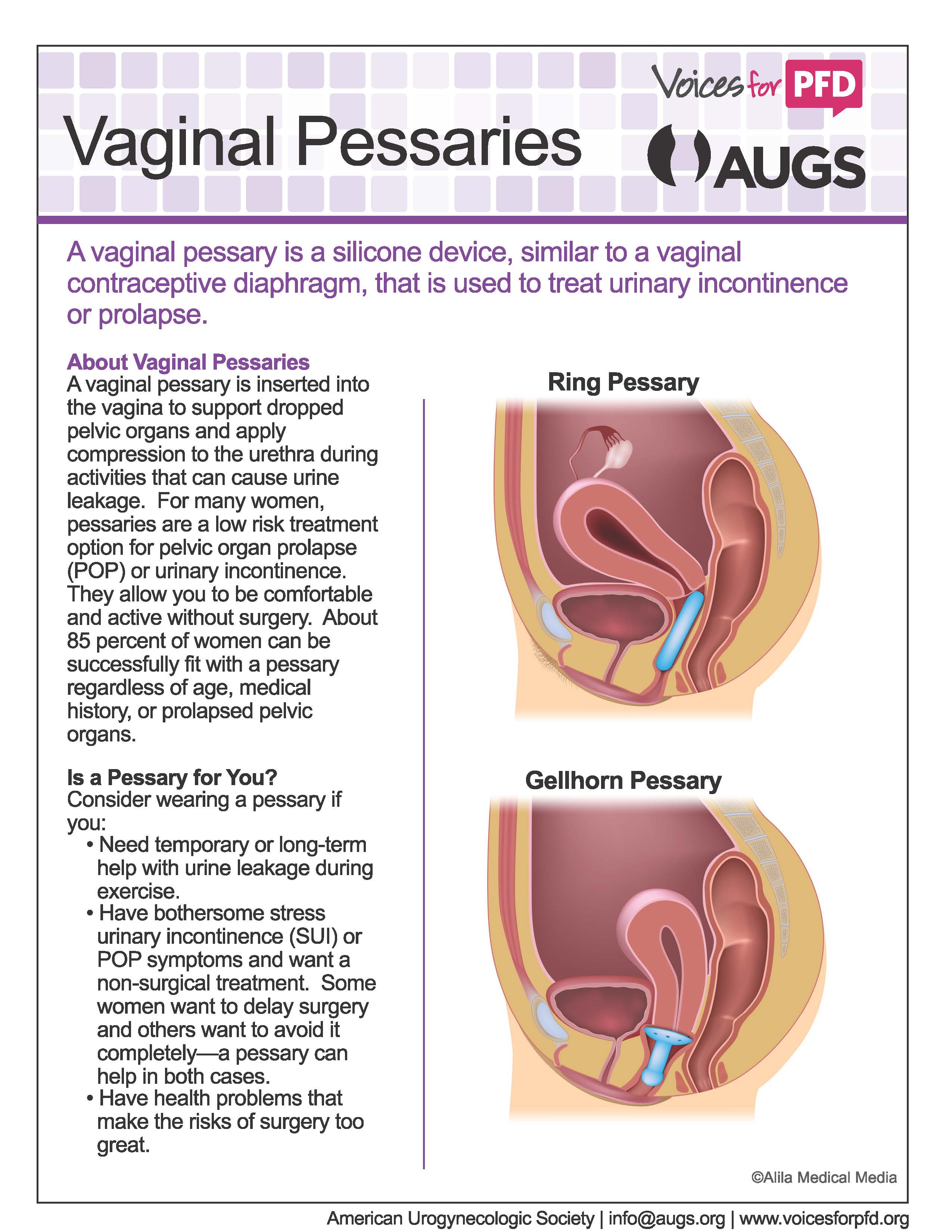



Patient Fact Sheets Healthcare Providers Augs




How To Treat Bladder Prolapse Innovo




Vaginal Pessary For Prolapse Milton Keynes University Hospital




Pelvic Organ Prolapse Pop Fda



Search Q Shelf Pessary Tbm Isch




Pelvic Organ Prolapse Patient Education Hartford Healthcare Ct




Pin On Why Use Femicushion




110 Pessary Ideas In 21 Pelvic Organ Prolapse Bladder Prolapse Urinary Incontinence
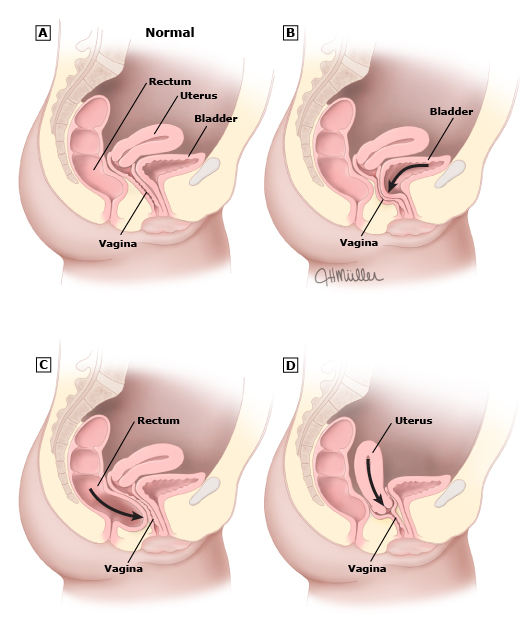



Running With Pelvic Organ Prolapse My Story Relentless Forward Commotion


コメント
コメントを投稿